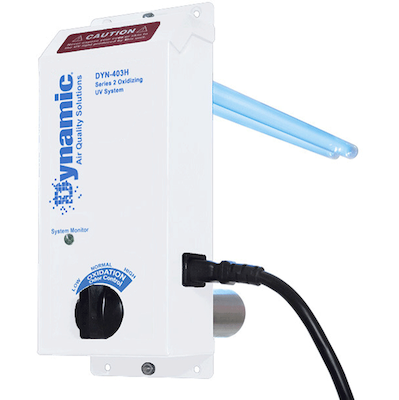
Understanding Water Softeners
Water softeners are a cornerstone of maintaining the longevity and efficiency of your home’s plumbing system. By exchanging minerals like calcium and magnesium with sodium, these systems prevent hard water issues, protect your appliances, and ensure your water is gentle on your skin and clothes. But, like any system, it requires regular maintenance, chiefly replenishing the salt that fuels the ion exchange process.
The Importance of Salt in Water Softeners
Salt is the unsung hero of the water-softening process. It facilitates the exchange of hard minerals with sodium ions. Without it, the system can’t perform its critical function, leading to the resurgence of hard water problems.
Frequency of Salt Refill: Factors Affecting Salt Consumption
The frequency of salt addition varies widely among households, depending on water hardness, the volume of water used, and the type of softener installed. Understanding these factors can help estimate how often you must add salt to your system. Generally, we recommend at least checking the salt level monthly.
Consequences of Neglecting Salt Refill
Neglecting to add salt to your water softener can have several detrimental effects, from decreased water quality to potential damage to your plumbing and appliances. It’s crucial to maintain a regular refill schedule to avoid these issues.
Estimating Salt Usage: Calculating Salt Need Based on Household Size
The lifespan of a 40-lb bag of water softener salt can vary, but understanding your household’s water usage can help you estimate its lifespan. This section will guide you in calculating your specific needs.
Guidelines for Adding Salt to Your Water Softener
Knowing when and how much salt to add is vital. This section will provide signs that indicate it’s time for a refill and tips for adding salt effectively.
Potential Risks of Overloading Salt
While it’s essential to ensure your softener has enough salt, adding too much can cause issues like salt bridges or mushing, which hinder the system’s efficiency.
Best Practices for Water Softener Maintenance
Regular maintenance extends the life of your water softener. This includes checking salt levels, cleaning the brine tank, and occasionally having a professional inspection.
Choosing the Right Salt for Your Softener
Not all salts are created equal. This section will discuss the different types of salt available and how to choose the best one for your system.
Troubleshooting Common Softener Issues
Sometimes, even with proper maintenance, issues can arise. We’ll cover how to identify and fix common problems like salt bridges and mushing.
Enhancing Your Water Softening System’s Efficiency
Here are some tips and tricks for optimizing the performance of your water softener, ensuring it works efficiently and saves you money in the long run.
DIY vs. Professional Maintenance
While homeowners can handle many aspects of water softener maintenance, knowing when to call in professionals is crucial for more complex issues.
Emphasizing Routine Maintenance and Care
Maintaining your water softener is crucial for the longevity of your plumbing and the quality of your home’s water. Regularly checking and refilling the salt in your water softener ensures that it continues to function effectively, protecting your appliances and making your water soft and pleasant.


